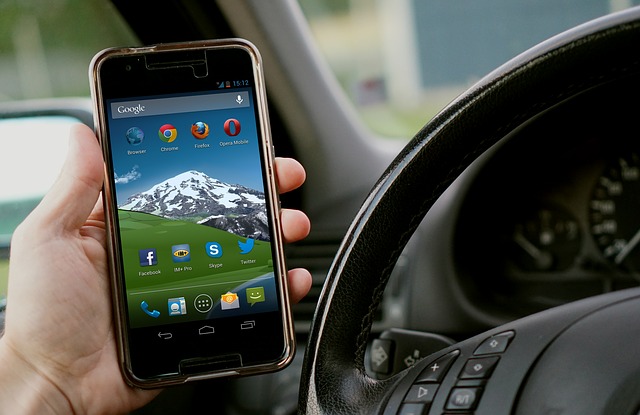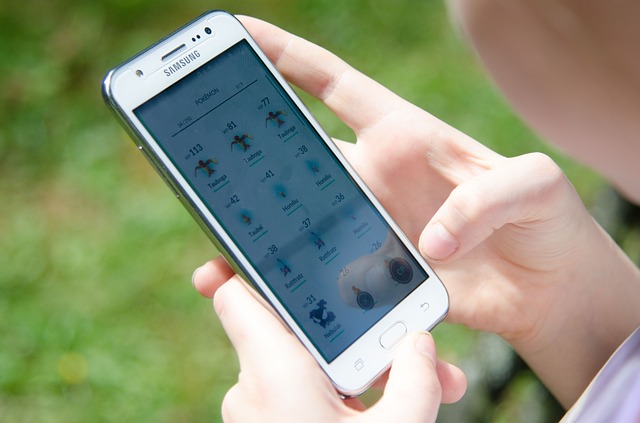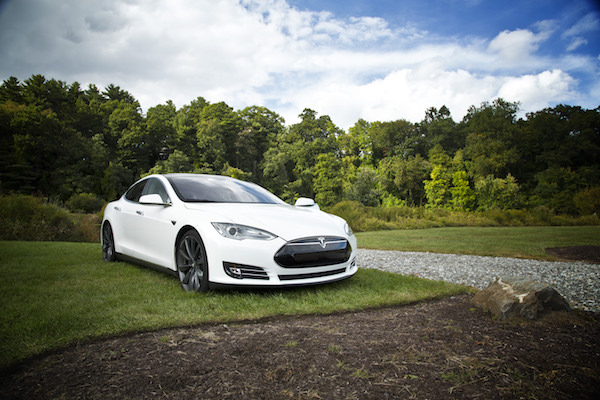Wrongful Death Lawsuit Filed Against Hillary Clinton
The parents of Sean Smith and Tyrone Woods, two of the Americans killed in the Benghazi attacks, have filed a wrongful death lawsuit against former Secretary of State Hillary Clinton, according to a report by the New York Times. In the suit (available here), the parents allege that Hillary Clinton negligently contributed to their sons’ deaths by using a private email server and purposefully passing along incorrect information. This case presents interesting legal questions what a plaintiff must prove in terms of jurisdiction, statute of limitations, and causation to win a wrongful death claim in a court of law. Jurisdiction and Venue Two of the initial steps in bringing a lawsuit are establishing jurisdiction and venue. It’s important to point out that most wrongful death lawsuits are filed in state court and are governed by state wrongful death statutes. These statutes and state civil procedure can differ dramatically between the states. However, the lawsuit filed against Hillary Clinton was filed in federal court. In order to have a case heard in federal court, the plaintiff must establish that a federal district court can exercise jurisdiction over the matter.
 While 46 states currently ban text messaging while driving, other forms of distracted driving are still technically not illegal. In fact, over 70% of respondents in a recent
While 46 states currently ban text messaging while driving, other forms of distracted driving are still technically not illegal. In fact, over 70% of respondents in a recent  The new game Pokémon Go has been a big hit around the offices of Martinson and Beason; Pokémon trainers from across the city have gathered around Huntsville’s Big Spring Park and Courthouse Square to catch ‘em all.
But unlike the safe land where the classic Pokémon games took place, the real world is full of dangers and possible injuries. So what happens if you trip and fall while catching ‘em all, or if you get hit by a truck chasing a Psyduck? Incidents have already started happening: a Pokémon trainer
The new game Pokémon Go has been a big hit around the offices of Martinson and Beason; Pokémon trainers from across the city have gathered around Huntsville’s Big Spring Park and Courthouse Square to catch ‘em all.
But unlike the safe land where the classic Pokémon games took place, the real world is full of dangers and possible injuries. So what happens if you trip and fall while catching ‘em all, or if you get hit by a truck chasing a Psyduck? Incidents have already started happening: a Pokémon trainer  While self-driving and autonomous cars loaded with crash avoidance features seem to be the way of the future, there will inevitably be bumps along the road. Recently, a man in Florida was killed while using the autopilot feature on his Tesla automobile. The Tesla smashed into a truck turning left in front of it after it failed to anticipate the truck’s movements. The family of the deceased accident victim is now suing Tesla. According to Tesla founder and CEO Elon Musk, the car failed to break due to the high ground clearance of the truck and a white reflection from the truck, which the car may have anticipated as an overhead road sign.
It’s important to point out, however, that Tesla drivers using autopilot are required to keep their hands on the wheel and be ready to retake control of the vehicle at any time. The autopilot feature is not (yet) capable of allowing drivers to completely tune out, Tesla reminds us. Read Tesla’s statement
While self-driving and autonomous cars loaded with crash avoidance features seem to be the way of the future, there will inevitably be bumps along the road. Recently, a man in Florida was killed while using the autopilot feature on his Tesla automobile. The Tesla smashed into a truck turning left in front of it after it failed to anticipate the truck’s movements. The family of the deceased accident victim is now suing Tesla. According to Tesla founder and CEO Elon Musk, the car failed to break due to the high ground clearance of the truck and a white reflection from the truck, which the car may have anticipated as an overhead road sign.
It’s important to point out, however, that Tesla drivers using autopilot are required to keep their hands on the wheel and be ready to retake control of the vehicle at any time. The autopilot feature is not (yet) capable of allowing drivers to completely tune out, Tesla reminds us. Read Tesla’s statement